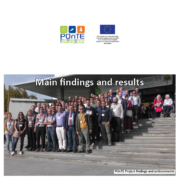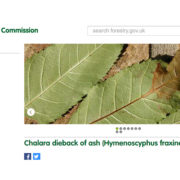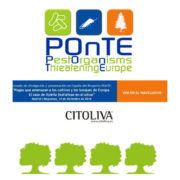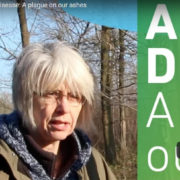Estimating mortality rates of European ash (Fraxinus excelsior) under the ash dieback (Hymenoscyphus fraxineus) epidemic
Plants, People, Planet, 1(1), 48-58
Authors
Affiliations
Abstract
Societal Impact Statement
Damage to ash trees by ash dieback caused by the emerging fungal pathogen Hymenoscyphus fraxineus is impacting people across Europe. This poses challenges to: public safety; productivity of commercial forestry; green spaces and human wellbeing; and ecosystem services and carbon sequestration. Here, we seek to quantify the impact of ash dieback on tree mortality by analyzing surveys counting the proportion of trees that have died in sites across Europe. However, more and better data are needed to inform policy makers, foresters, conservationists, and other stakeholders as they plan for a long‐term future with ash dieback.
Summary
- The ash dieback epidemic, caused by the fungus Hymenoscyphus fraxineus, has been present in Europe for over 20 years and caused widespread damage and mortality in ash tree (Fraxinus excelsior) populations. Ash is a major natural capital asset and plays an important role in nature’s contribution to people in Europe.
- Here, we present a meta‐analysis of surveys of ash mortality due to ash dieback, and a time‐dependent model to estimate longer term mortality.
- In plantations established previous to the arrival of the epidemic, we analyze 12 surveys, finding a maximum recorded mortality of ~85%. In woodlands with exposure to ash dieback of between 4 and 20 years, we analyze 36 surveys, finding a maximum recorded mortality (which may have missed some dead trees) of ~70%. We also analyze 10 surveys of naturally regenerated saplings, finding maximum recorded mortality of ~82%. We apply logistic models to these data sets to seek longer term predictions.
- More data are needed before our models can be relied upon for policy decisions. If survival found so far in woodlands is due in part to heritable resistance, natural selection or a breeding program may allow future recovery of ash populations in Europe.
Published on December 4, 2018 by PLANTS, PEOPLE, PLANET









